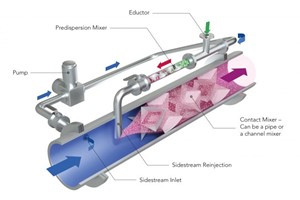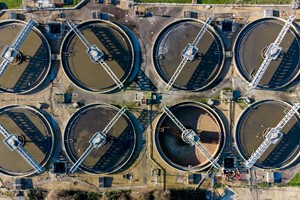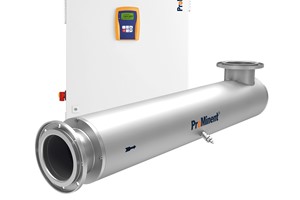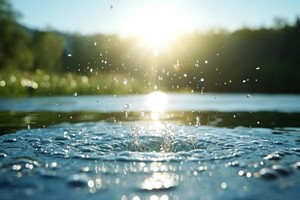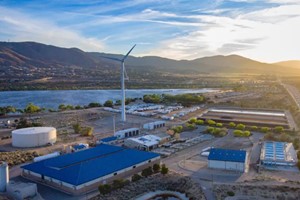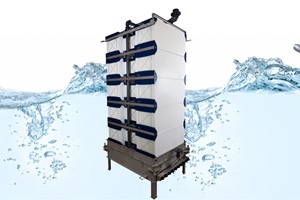The water and wastewater treatment industry are increasingly turning to ozone as the oxidizing agent of choice to remove a swathe of ‘environmental’ contaminants that have emerged in recent years, says engineering company Statiflo.
The company has seen a sharp increase in orders for its gas dispersion system from treatment plants worldwide as a result of the shift towards ozone, says Rebecca Gernetzke, technical sales project manager at Statiflo’s North American subsidiary Statiflo Corp.
The group has seen a 50 per cent increase in sales in North America alone in the past couple of years. In Europe, Statiflo has seen a spike in orders from countries such as Germany, Spain and the Czech Republic. Its GDS has now been installed in more than 100 locations worldwide.
Rebecca said: “Demand is growing significantly, particularly from mid-sized treatment plants. We’re seeing more inquiries and orders than ever. Our GDS system has been developed to be easily integrated into an advanced oxidation process (AOP), and the benefits of this method are being seen on an increasing scale.”
She explained: “Water pollution has become much more complex. As a result, more robust processes are required to treat water and wastewater. AOP is one of these.
“In recent years, a new class of environmental contaminant has emerged in the form of trace substances from pharmaceutical products such as antibiotics, anti-inflammatories, analgesics and even other prescription drugs.
“There are increasing levels of this type of pollution in water and wastewater and, in response, plant operators are increasingly adopting the use of oxidizing agents as they seek effective ways of eliminating these trace substances.
“In the past, chlorine has been the go-to choice for an oxidizing agent in water treatment, but the use of ozone is rising.
“One of the main reasons is that ozone has a very high oxidation potential – double that of chlorine. As well as being highly powerful, it is considered in some quarters as a more environmentally-friendly solution. Instead of using harsh chemicals, ozone is considered a more ‘natural’ product as it can be generated using atmospheric air.”
Rebecca said Statiflo’s GDS is a gas-to-liquid mass transfer system capable of achieving mass transfer efficiencies which are far higher than conventional bubble diffusers and other side stream gas injection systems.
“It uses two static mixers and is specifically designed to overcome difficulties associated with the use of a single static mixer for applications such as water and wastewater treatment, where variations in flow cause either decreased gas bubble sizes due to low flow or extremely high velocities and pressure drops due to high flow,” she said.
“We know this technology inside out, and know it is extremely effective to tackle complex problems. In addition, it is recognised as a cost-saving device because it requires minimal maintenance, as the only moving part is a simple centrifugal pump.
“Its performance has now resulted in well over 100 installations worldwide with ever-increasing demand, and much of this is coming from North America.”
Statiflo, which has its global headquarters in Macclesfield, Cheshire, is a leader in the design and distribution of static mixers and other chemical process equipment, including gas dispersion systems.
The group exports to nearly 100 countries, supplying the water and wastewater treatment industries as well as the oil and gas, petrochemical, food and drink, pharmaceutical, pulp and paper sectors.




